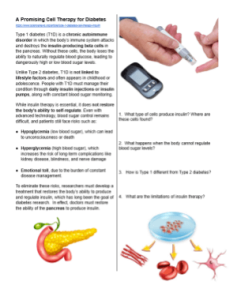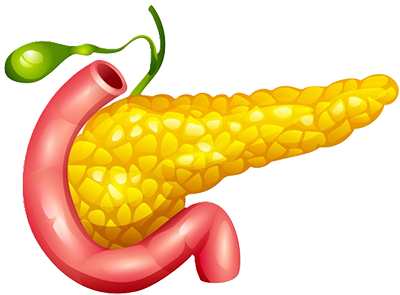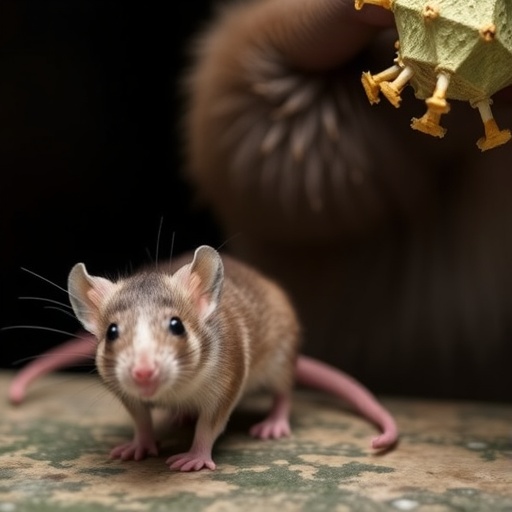PROTECT YOUR DNA WITH QUANTUM TECHNOLOGY
Orgo-Life the new way to the future Advertising by Adpathway
Teaching stem cells and medical applications can be tough, and students often struggle to connect it to the real world. That’s why I created this worksheet about a new treatment for Type 1 diabetes. Zimislecel, a cell therapy that uses lab-grown islet cells to restore insulin production. This stem cell therapy could reduce the need for constant insulin monitoring and daily injections. The worksheet is based on an article from Science News.
This student-friendly worksheet guides learners through the biology of Type 1 diabetes. Students learn how pluripotent stem cells can be transformed into insulin producing islet cells. Doctors implant these cells in the liver where they begin functioning to regulate blood sugar.
The assignment explores both the physical challenges and the emotional toll of living with the condition. It explains how pluripotent stem cells can be transformed into insulin-producing islet cells.
This case study is designed to be relatable and engaging, drawing students in with a human-centered story while reinforcing core biology concepts. It bridges multiple disciplines, connecting cell biology with mental health, medicine, and ethics, and uses scientific vocabulary.

🧪 What’s Inside the Case Study?
This student-friendly worksheet walks learners through:
- The biology of Type 1 diabetes
- The emotional and physical toll of managing T1D
- How pluripotent stem cells are used to make insulin-producing cells
- Why the liver is used for implantation
- The risks of immunosuppressive therapy
- A look at real clinical trial results (Zimislecel)
The article is divided into sections with comprehension questions. There is a final essay prompt which asks students to summarize the main points of the case and asks to evaluate the treatment as a step toward a cure for diabetes.
Related Resources
Endocrine System Slides | Guided Notes – class resource
Feedback Loops – Insulin and Glucagon – students examine a graphic and answer questions
DNA, Proteins, and Mutations – explore the genetic mutations associated with diabetes
Plush Pancreas – enhance your lesson with this adorable plush pancreas























 English (US) ·
English (US) ·  French (CA) ·
French (CA) ·